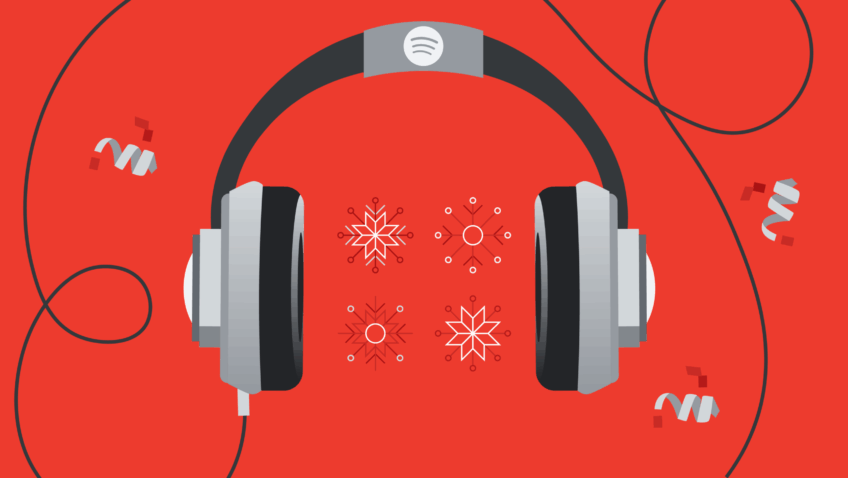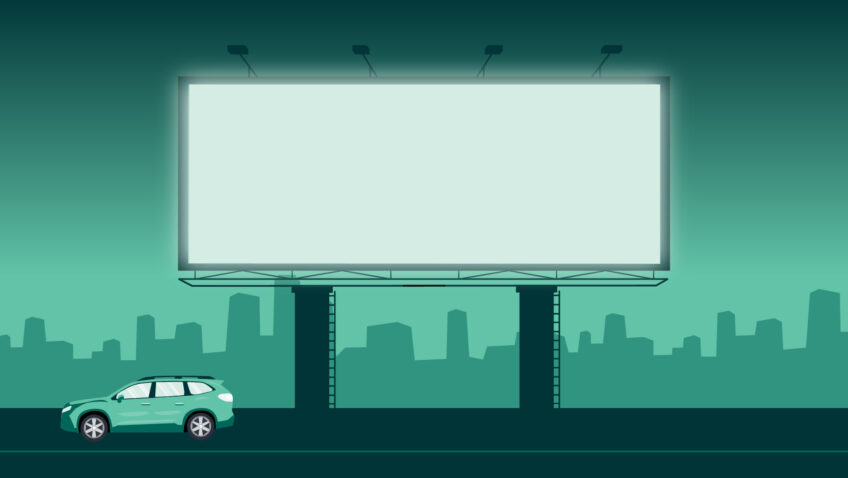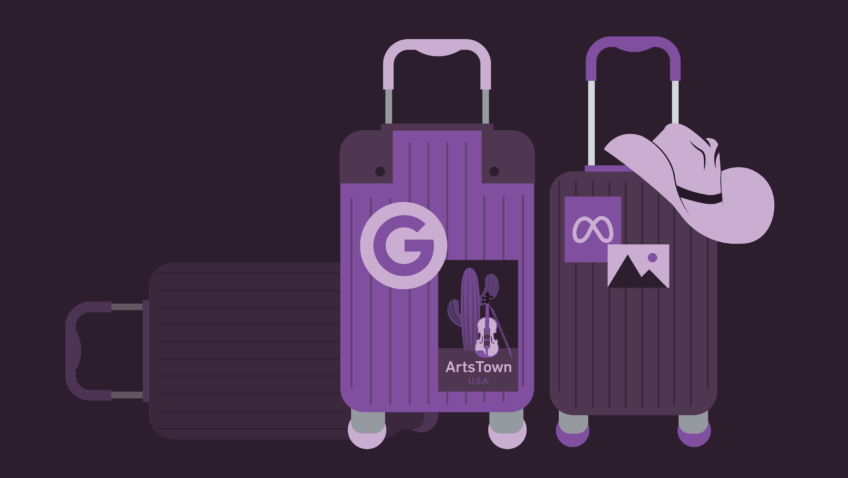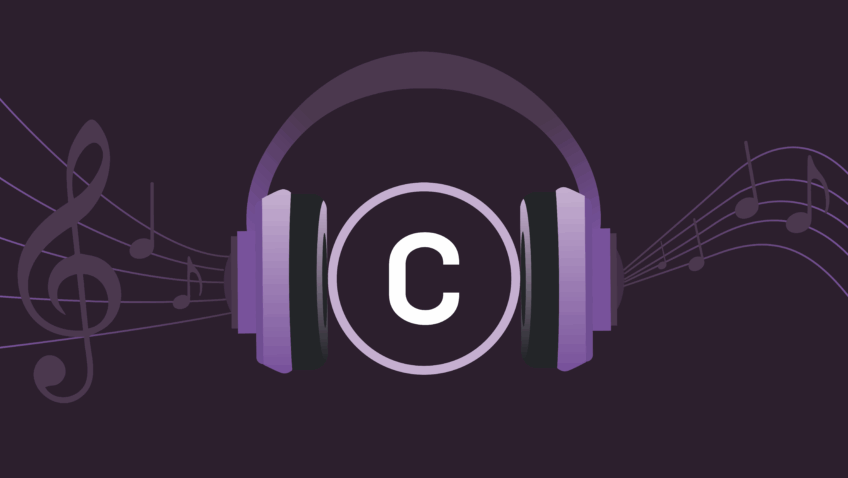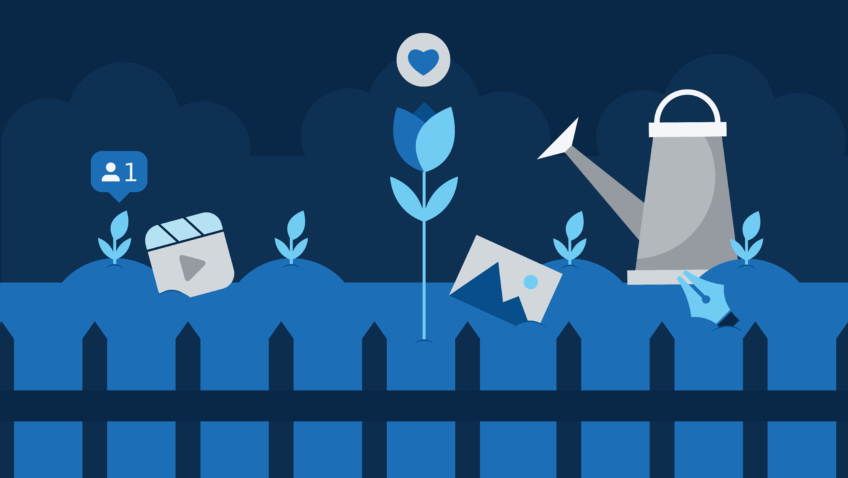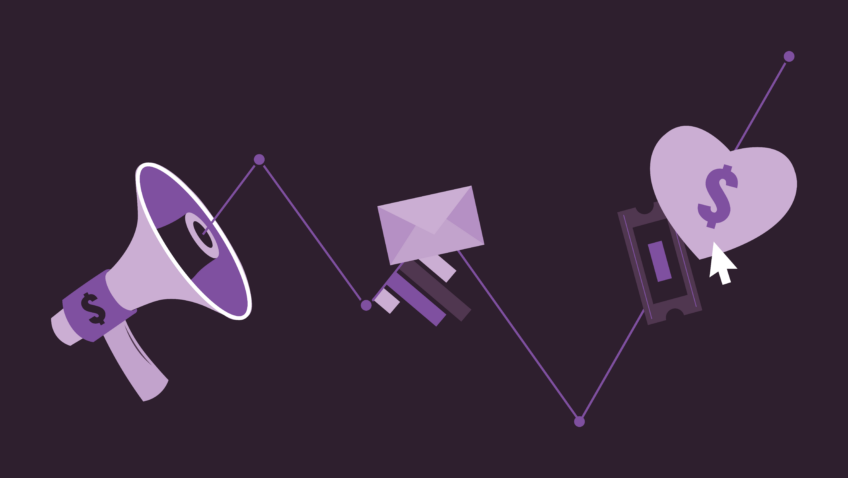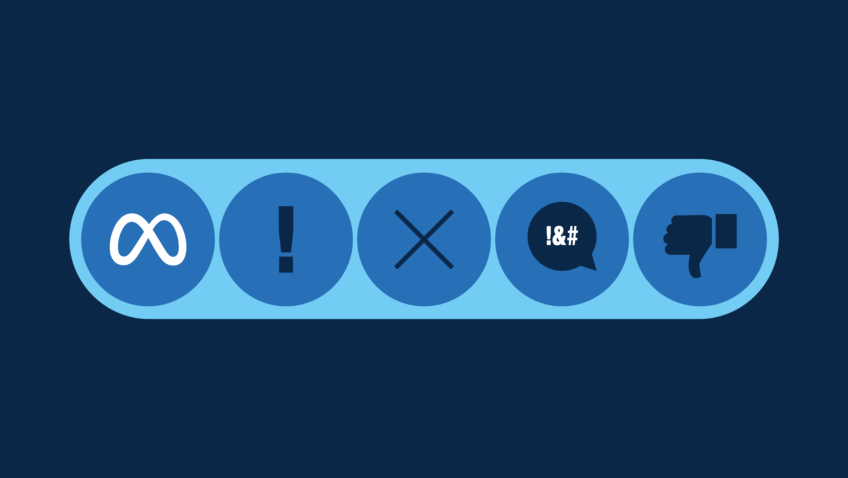Should My Organization Advertise On Spotify? 2024 Edition.
Ask CI
Note: this post was originally written in December 2023, and was updated with new data in August 2024.
Looking to turn up the volume on your digital strategy? Spotify campaigns can be a great way to get in front of potential ticket buyers and ensure that your message resonates everywhere—even in the spaces between their favorite tunes. And in recent months, Spotify has hugely amped up their measurement and conversion tracking capabilities, meaning arts organizations can be even more data-driven with their digital radio strategies.
Audiences around the world are consuming music and podcasts at impressive rates, and the majority of that listening happens on streaming services—specifically Spotify if you’re in the U.S. As of April 2024, the platform boasts 615 million global monthly active users, more than half of which listen with ads. These listeners are also on the younger side; around 62% of Spotify users under age 34.
Here’s what you need to know to tap into these promising audiences, boost your reach, and drive conversions.
HOW DOES SPOTIFY FIT INTO MY ADVERTISING MIX?
The streaming giant is a great way to replace traditional radio with targeted listeners. Around 60% of users say they pay more attention to ads on Spotify than traditional radio. One in five participants of a 2021 study reported looking up a brand or product online after hearing about it on Spotify. And 30% of study participants said they are likely to purchase a product or service that they heard about on Spotify.
Spotify users aren’t just listening—they’re watching too. Spotify’s optional video ads appear only when the user is active within the app, guaranteeing that ads are being viewed. By adding a visual element, these video placements have proven to increase recall by 1.9x and brand awareness by 2.2x.
If an ad is closely tied to what a user is listening to (like targeting Bob Dylan listeners for a production of Girl from the North Country), all the better—this relevance makes the ad even more meaningful and memorable. In fact, audio ads generate 24% higher recall than display ads and are twice as likely to lift purchase intent.
WHEN SHOULD I USE SPOTIFY?
Spotify can be an effective tool if you’re looking to reach audiences beyond more traditional digital advertising channels like Meta and Google. And compared with traditional radio, it offers much more robust performance metrics and granular audience targeting.
If there’s a genre or artist that directly relates to your programming, Spotify can be a powerful way to reach new audiences. Spotify also might be for you if you’re promoting a production or event with strong name recognition with the potential to appeal to a broad audience.
Keep in mind that Spotify does have a budget minimum based on the number of ad groups you target: $250 each, or $15 per day. This number can quickly balloon if you’re using multiple interests or genres, as well as different ad group objectives (like clicks or impressions).
WHAT AD FORMAT WORKS BEST?
If you think Spotify is a good match for you, here are a few ad format options that are best suited for our sector:
Audio ads serve between songs, podcasts, and playlists, with a companion image.
Video ads only serve when the Spotify app is open and can be vertical or horizontal.
Audio ads are the most popular offering, although video is an excellent option if your programming has a strong visual component. According to Spotify, combining audio and video ads in a campaign drives 66% more incremental sales compared to audio only, as well as 27% higher purchase intent. Research shows that when audio ads and video ads work together, they drive significant brand impact. In fact, Spotify has found that multi-format campaigns on Spotify result in a 90% increase in ad recall and 2.2X in brand awareness.
WHAT DRIVES CONVERSIONS?
In April 2024, Spotify introduced the capability to track modeled conversions like leads, page views, add-to-cart, and purchase conversions. This expanded insight into campaign performance has given us the capability to quickly identify top-performing audiences and ad creatives, allowing marketers to optimize campaigns toward the best-performing segments.
In Action: We partnered with the Kennedy Center to run both audio and video ads for their recent touring production Back To The Future. For this campaign, we ran traditional audio ads along with vertical and horizontal video ads. We split our campaign spend between a broad geo-targeted segment and an interest segment targeting TV & film buffs, comedy listeners, theater aficionados, and sci-fi fans. The aim of this campaign was to generate new audiences and drive ticket sales.
The Results:

While the modeled purchase conversion on Spotify does not report actual attributed revenue, applying the performance’s average order value to the platform’s reported conversions indicates the campaign finished with a modeled ROI of 958%.
HOW CAN I MAXIMIZE CAMPAIGN PERFORMANCE?
Experimenting with Spotify’s campaign objectives can help yield stronger results as we test what’s most effective for each organization’s audience.
In Action: We ran a Spotify campaign for the Huntington Theatre Company’s production of Fat Ham in Fall 2023 that focused on driving impressions, and then we used a clicks objective for their production of The Band’s Visit.
The Results:

AMPLIFYING YOUR ORGANIZATION’S PRESENCE
Spotify has become woven into the fabric of so many of our lives, and its user base is only growing. A Spotify campaign can provide an additional way to reach new audiences: our data thus far is showing that geographic targeting, even without any additional interests or fan bases, is often the most powerful, making Spotify a viable and powerful replacement for traditional radio.
READY TO PRESS PLAY ON SPOTIFY CAMPAIGNS?
Let’s talk about crafting streaming ads that boost reach and introduce new audiences to your art form.

